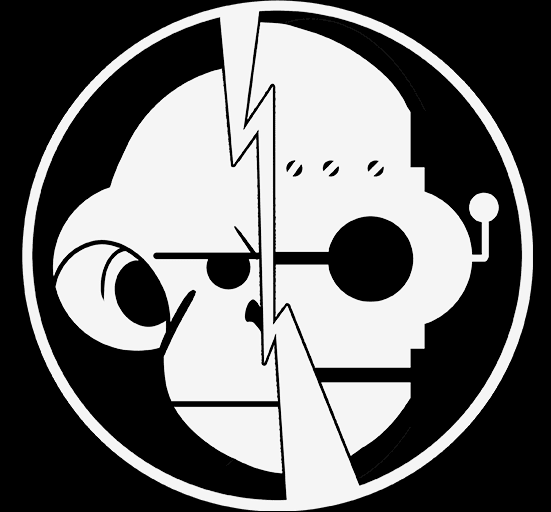For the last 25 years, Alien 3 has been labeled a disaster, one of many infamous, big-budget calamities scattered along the ditches of Hollywood’s Glory Road. It’s been collectively slotted with pictures like Heaven’s Gate, Ishtar, and Waterworld, movies more well known for the production issues, infighting, and ballooning budgets than anything that may have actually made it to the screen.
But perhaps it’s time to take another look at Alien 3 – even though David Fincher never will. Because this sequel, for all its warts, is more interesting and strange and creative than just about any modern summer blockbuster.
The production issues are well documented all across the internet: power struggles behind the scenes, the rookie filmmaker Fincher being hamstrung by studio orders, a release date before an inch of film was ever shot, edits, rewrites, on and on. There’s no need to cover these bases again. The situation was such a mess it’s often difficult for people to take a step back and even consider the film on its own merits. The movie itself feels almost entirely secondary.
Alien 3 is a product of its time. Much like James Cameron’s Aliens was a representation of the excessive 80s, Alien 3 is a dark and unforgiving relic of the early-90s grunge era, all muted browns and grays and grimy nihilism. It fits into its historical setting, and has only gotten better as a pure film experience over the years.
The idea that both Newt and Corporal Hicks (Michael Biehn) were killed off screen somewhere between this and the end of Aliens was always a complaint of fans, and one that never made a lot of sense once the movie is taken into consideration as a whole. This film, expected to be the final chapter in a trilogy, is all about Ellen Ripley’s solo showdown with the xenomorph. Losing Newt and Hicks from the start allows Ripley to end things on her own terms while also allowing this new cast of prisoners to develop around her.
Newt’s subsequent autopsy, a necessary point of the story amped up by Fincher and Co. for geek show gore effects, was also a point of controversy at the time. It’s gruesome, sure, but gruesomeness is the intention of this film. After all, this time around we are stuck on an unforgiving prison planet in the middle of the galaxy, littered with rapists and murderers and the like; a bone-crunching autopsy of a young girl fits right in thematically.
Once the remnants of Aliens are eschewed, the film at hand moves at a deliberate pace, creating two stories to ultimately connect with each other. There is the lurking xenomorph in the underbelly of the prison planet, massacring grunts, and there is Ripley both struggling to integrate with a planet of prisoners who haven’t seen a woman in years and finding a curious romance with the prison’s doctor, Clemens, played wonderfully by Charles Dance. Credit should be given to Fincher (and a team of screenwriters) for giving Ellen Ripley something that had been absent in the first two films: sexuality. While she must shave her head to fend off lice, Ripley actually manages to have a sexual encounter with a man in the film. Ridley Scott had barely flirted with this side of Weaver’s character and her unspoken bond with Tom Skerritt’s Dallas in Alien, and James Cameron avoided it altogether in the sequel.
Then, the movie surprises us. It kills off Clemens in a shocking ambush, sending Ripley and the third act of the film into a tailspin of mayhem. This scene brings about one of the more iconic single images of the entire franchise, the alien inches from Ripley’s face. The eventual xenomorph impregnation of Ripley feels like a forgone conclusion, an inevitable melding of hero and villain, paying off in a terrifically bleak climax.
Time can heal old cinematic wounds, and Alien 3 has benefited from increasingly soulless summer blockbusters in the last 25 years. Fincher’s debut films weird and disjointed and sometimes clumsy, but that’s not necessarily the worst thing.
At least it’s interesting.



